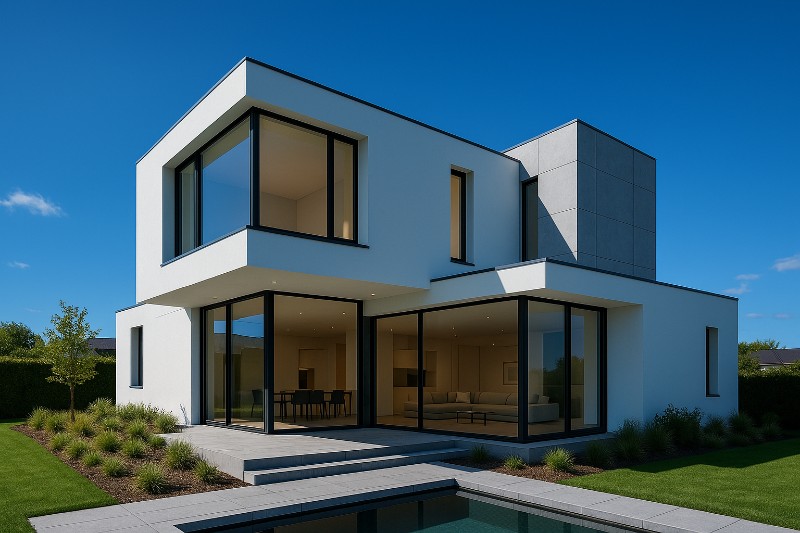Biophilic design is revolutionizing architecture by seamlessly blending natural elements into built environments. At Fostertech, we embrace this approach to create spaces that not only look stunning but also promote health, well-being, and productivity.
Why Biophilic Design Matters
Humans have an innate connection to nature, and biophilic design taps into this by incorporating elements like natural light, greenery, and organic materials. Studies show that such environments reduce stress, enhance creativity, and improve cognitive function.
- Natural Light: Large windows and skylights flood spaces with daylight, reducing reliance on artificial lighting.
- Greenery: Indoor plants, green walls, and vertical gardens purify air and create calming atmospheres.
- Organic Materials: Wood, stone, and natural fibers add warmth and texture.
- Water Elements: Fountains or water features introduce soothing sounds and visuals.
Our Green Haven Office Complex in San Francisco is a prime example, featuring rooftop gardens and open-air atriums that boost employee satisfaction.
Implementing Biophilic Design
At Fostertech, we follow a structured approach to integrate biophilic principles:
- Site Analysis: Assess natural features like sunlight and vegetation to inform design.
- Material Selection: Choose sustainable, natural materials that align with biophilic goals.
- Spatial Planning: Design layouts that maximize views of nature and access to green spaces.
- Technology Integration: Use smart systems to optimize natural light and ventilation.
“Biophilic design isn’t just about aesthetics—it’s about creating spaces that nurture the human spirit.”
— David Foster, Principal Architect
The Future of Biophilic Design
As urbanization accelerates, biophilic design will play a critical role in making cities livable. From residential towers to corporate campuses, we’re committed to bringing nature back into our built environments.
Ready to create a space that connects with nature? Let’s collaborate.



